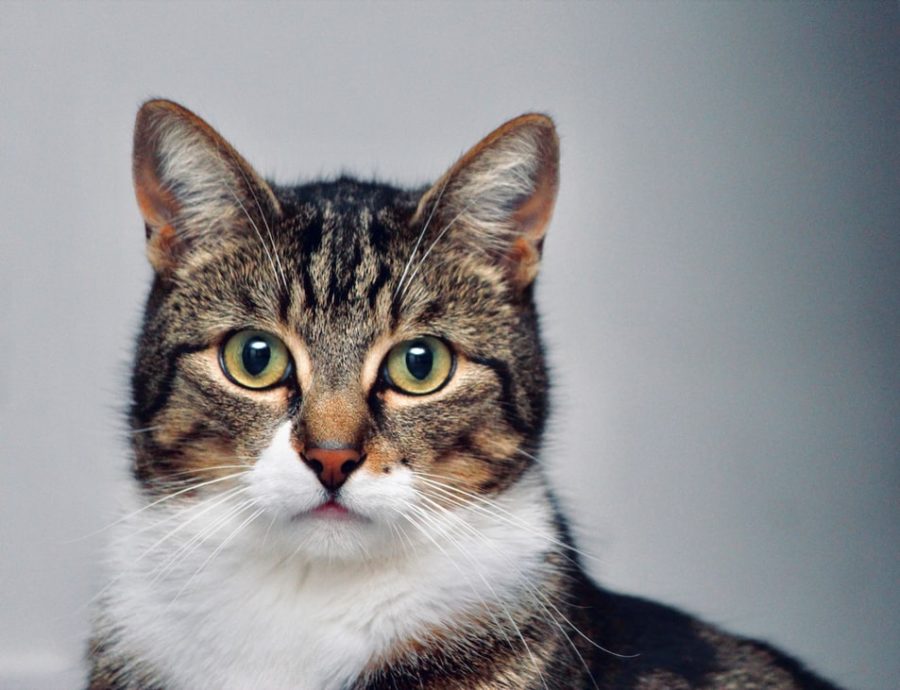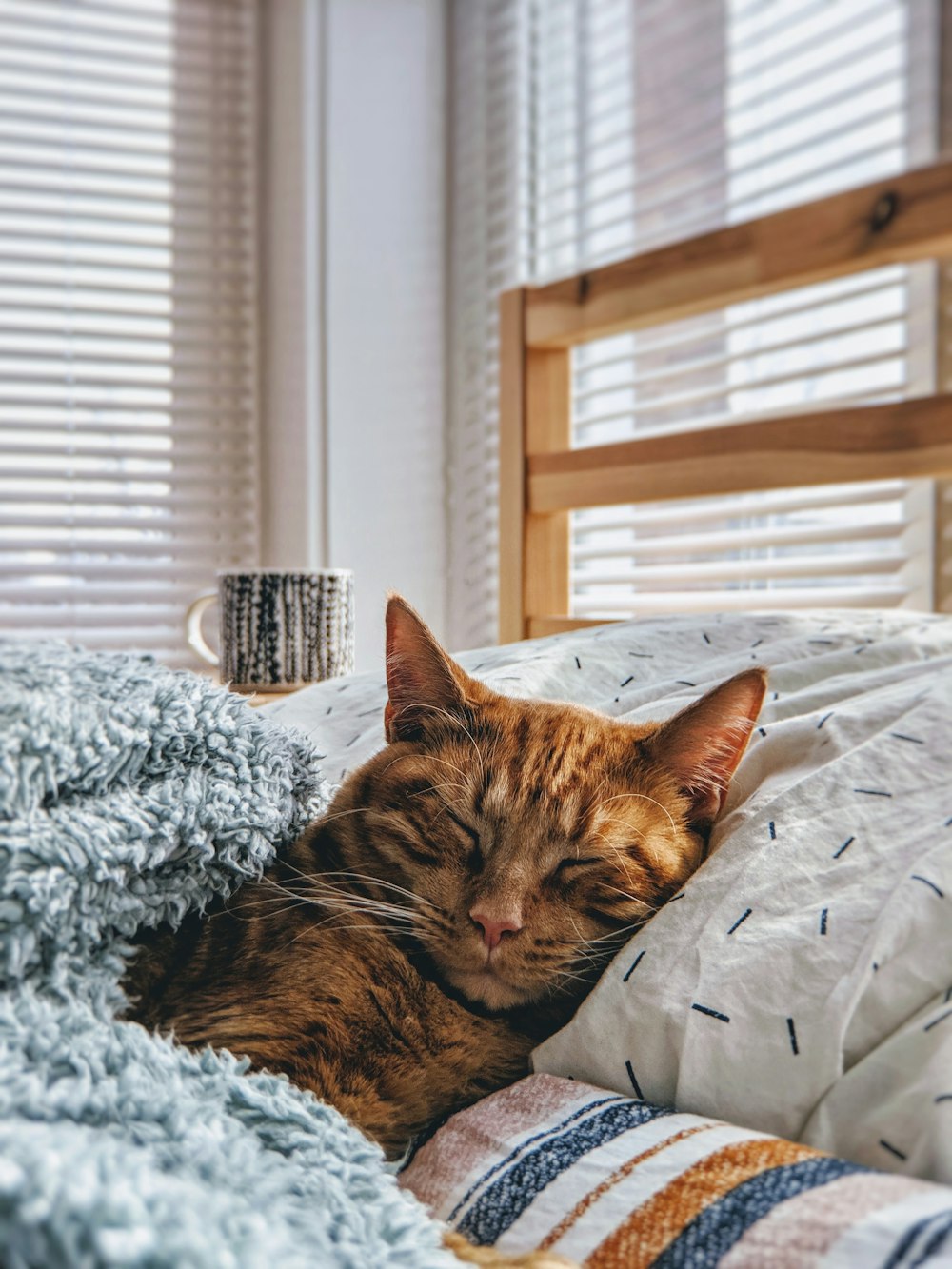If your feline friend is purring away, it may not all be hunky-dory–
“When a cat purrs, you might think it is as simple as a human smiling or a dog wagging its tail joyfully, but it’s more complicated than that.“

The following written content by Matty Edwards
When a cat purrs, you might think it is as simple as a human smiling or a dog wagging its tail joyfully, but it’s more complicated than that.
Cats don’t just purr when they’re happy but also when they’re distressed or afraid, according to pet nutritionists Purina.
Evidence shows that purring is not only a method of communication. but a defence mechanism and way to keep calm in stressful or painful situations, such as when visiting the vet or giving birth.
Because kittens are born blind and deaf, they need the vibrations from purring to communicate with their mother and littermates.
The low frequency of a cat’s purr causes a series of vibrations inside their body that can ease breathing, heal injuries and build muscle, while acting as a form of pain relief.

Not only does it help sooth the cat, but it is though that there are health benefits for owners. Cat owners are at 40 per cent lower risk of a heart attack lower blood pressure after interacting with cats and hearing their soft purrs.
How do cats purr?
Research has shown that cats’ muscles move the vocal cords and, as they breathe in and out, air hits the vibrating muscles, which creates the purring sound.
You probably didn’t know that cats that purr can’t roar, and cats that roar can’t purr, because of the small bone found inside the vocal cords, which in roaring cats, is a flexible bone.
This allows big cats to make a deep, roaring sound but in domestic cats is completely hardened and only allows air vibrations while exhaling and inhaling.
Researchers have also recently identified a new purr called the ‘solicitation purr,’ which alters the normal purr into a more urgent ‘cry-like’ sound, which is similar to that of a crying baby, so that we instinctively want to help.
What about meowing?
Beyond just purrs there are thought to be about about 16 sound patterns in the cat lexicon, including meows, hisses and shrieks to convey aggression.
Cats make more typical meow sounds by opening and closing their mouths, and those sounds can be friendly or demanding.
However, adult cats only meow to humans, not to each other, probably because their mothers stopped responding once they were weaned. Read more from Independent.





